Texas likes to take the superlatives in terms of size, but California holds its own when it comes to scale, including doing big things. The state not only has the third-largest area of the United States but also the largest economy; if it were a nation it would be the fifth-largest economy in the world.
The state boasts enormous mountains, deserts and redwood forests, and the first European settlements in the state – Spanish missions – set a pattern of large-scale agriculture and ranching that did not change much after California became part of the United States.
This means that there are large, single-owner blocks of land available for solar farms, and some of these already have other activities underway. This includes the Jack Ranch run by the descendants of newspaper magnate William Randolph Hearst, which is now host to a 280 MWac solar project in addition to its ranching operations.
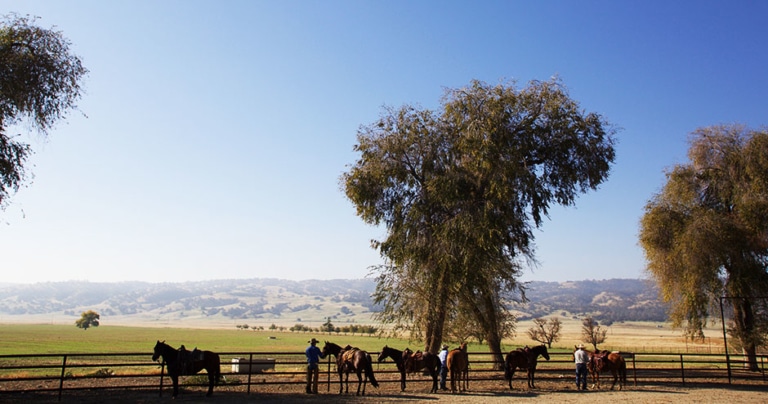
We at pv magazine have been covering the synergies between grazing and solar for some time, but this is the largest combined ranching-and-solar operation that we’ve seen yet. The 2,900-acre project comprises more than one million of First Solar’s large-format Series 6 modules mounted on single-axis trackers, with First Solar also developing and building the project.
2,900 acres is a lot of real estate, but it is only 3% of the area of the Jack Ranch, which covers 73,000 acres in San Luis Obispo and Monterrey Counties. This makes it one of the largest working cattle ranches in the United States, pumping out grass-fed beef for Whole Foods. Swiss asset manager Capital Dynamics, which bought the project in 2017, notes that project partners worked on minimizing and mitigating the environmental impact of constructing the property, with ranch employees working in tandem with the construction and operation teams to give feedback on the project.
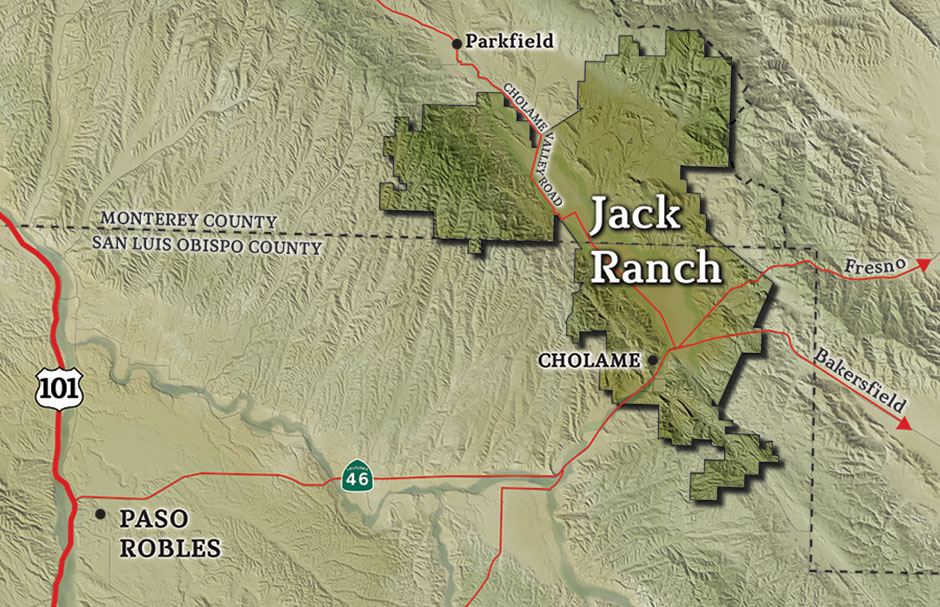
One of the results of this approach to design is that the plant has what is described as a very low visual impact, and cannot be seen from any public roads. And like other solar projects co-located with agriculture, this is a win for the ranch as well as electricity generation. In a press release, Capital Dynamics alludes to the project “reducing pressure to use the ranch land for other commercial purposes”, a sentiment that was echoed by the Hearst Ranch.
“The California Flats Solar Project helped us meet our goal of finding a sustainable solution to keep the 73,000-acre Jack Ranch intact as a historic working cattle ranch,” explains Steve Hearst, the VP and General Manager of Hearst Western Properties.
The project was built in two phases over the course of three years, at peak employing 1,100 construction workers, and the electricity it generates is fully spoken for due to long-term contracts to supply both utility Pacific Gas & Electric Company and Apple. The first 130 MWac phase came online in the fourth quarter of 2017, and the second 150 MWac phase in April.
Editor’s note: Hearst Ranch has a really cool page on this project, including a 360-degree viewing tool.
This content is protected by copyright and may not be reused. If you want to cooperate with us and would like to reuse some of our content, please contact: editors@pv-magazine.com.
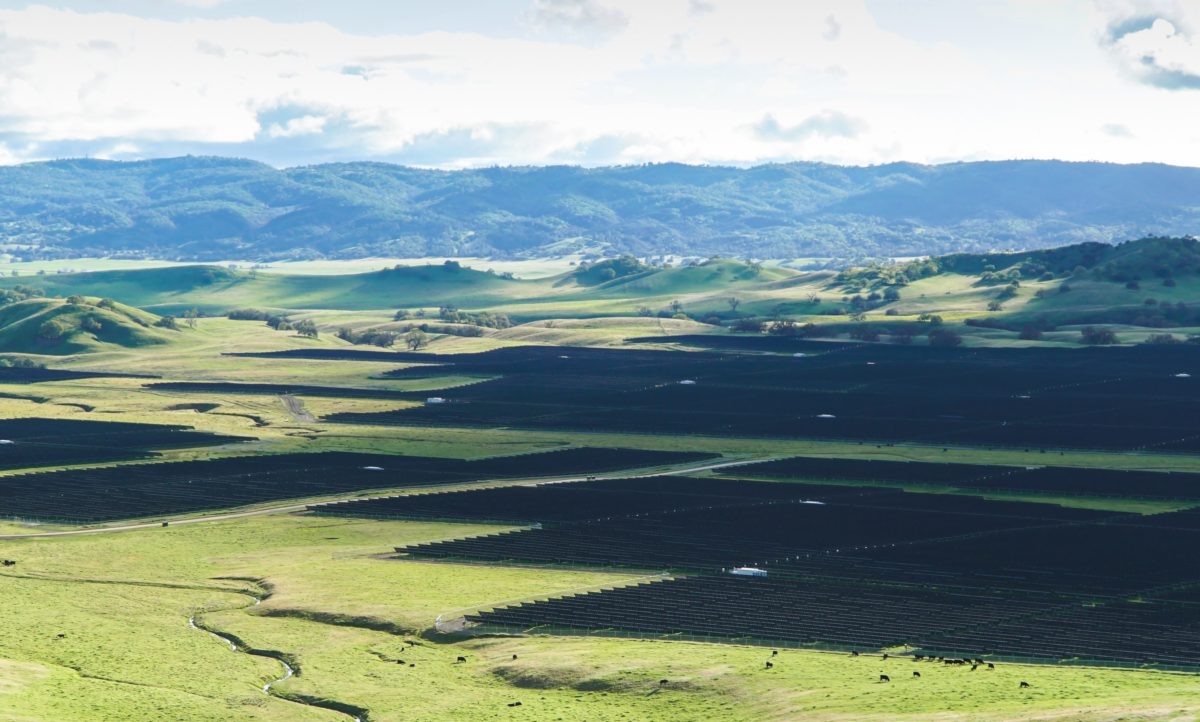
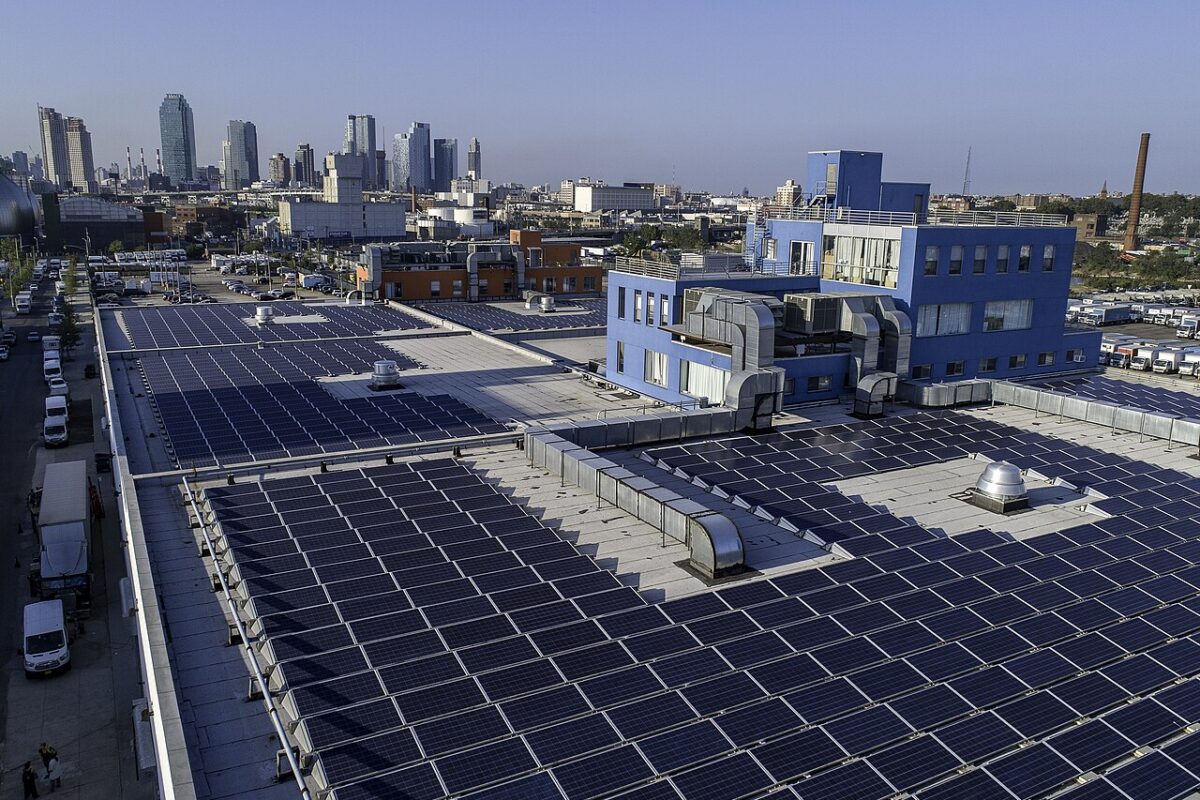





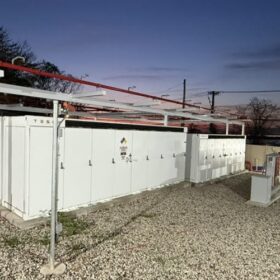
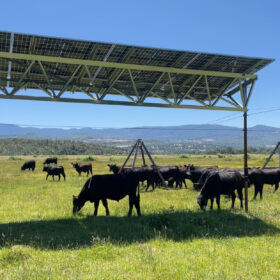
I’m curious how the solar is technically considered “compatible” with grazing. It doesn’t look like this was designed for the cows to graze underneath (and have access to shade) or to graze between rows like some farms I’ve seen with cows and sheep. I hear experience is mixed on whether arrays can be designed to avoid damage from livestock.
Is this project considered compatible with grazing because there are gaps between large sections of the solar farm to allow cattle to access other grazing land..?
I didn’t look into that detail. There are really three ways that this can work: One is that cows and sheep graze underneath raised panels. The other is that they graze between rows. Finally, they can graze around the edges. The first two maximize the benefits more than the final one, but in all cases it appears that the added shade from the panels improves the growth of the grasses that the cattle and sheep feed on.
The angle that I’ve focused on here is that grazing + solar means a predictable revenue stream for ranchers, to complement the variable revenue from ranching. In past articles we’ve looked more at the practical synergies of shade and grasses for sheep & cattle, and given the level of interest in this subject I plan to do so in future articles as well.
Keeping the cattle off marginal land might help against erosion. It’s clear from satellite pictures that the pattern of land use in the area is leading to soil degradation.